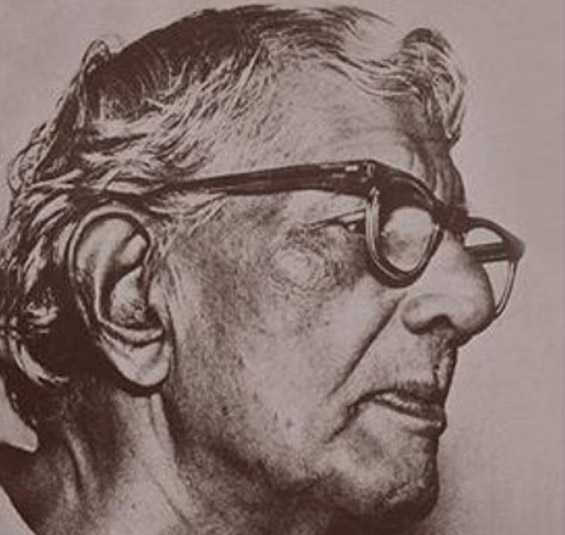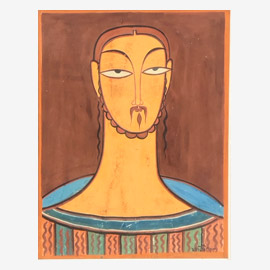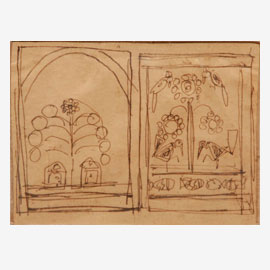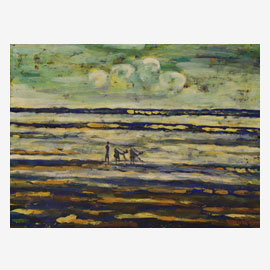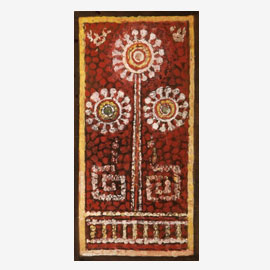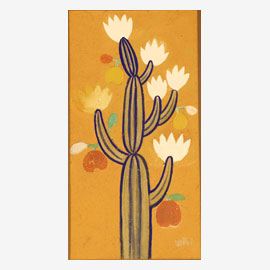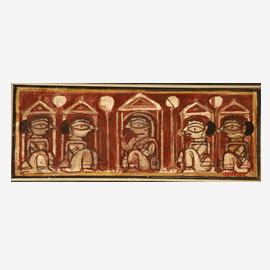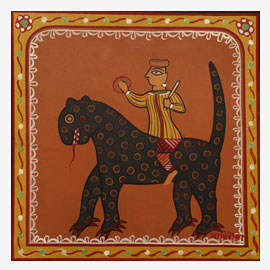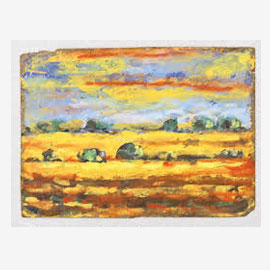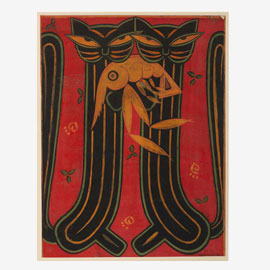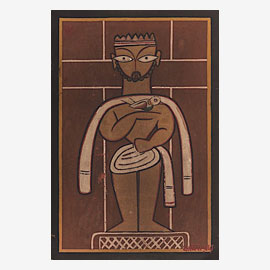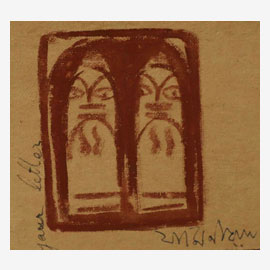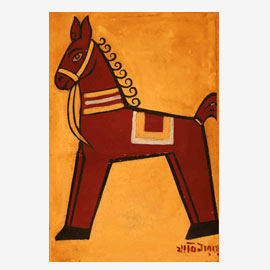Jamini Roy was born in 1887 in a small village in Beliatore, Bankura district of West Bengal. He is often regarded as the first modernist master of Indian Art. He reinvented the trope of western modernism in an Indian context and synthesizes it with Indian folk-art forms.
Jamini Roy first joined the Government School of Art, Kolkata in 1903 and started off his career as a portrait painter but wasn’t entirely happy about being a portrait painter who mostly would work for commission. In the year 1925, his encountered with a style of painting called the 'Kalighat Painting' displayed outside the Kalighat Temple in Calcutta. This later on became the source of his inspiration. Jamini roy was a man with a vision who wanted to simp...
Jamini Roy was born in 1887 in a small village in Beliatore, Bankura district of West Bengal. He is often regarded as the first modernist master of Indian Art. He reinvented the trope of western modernism in an Indian context and synthesizes it with Indian folk-art forms.
Jamini Roy first joined the Government School of Art, Kolkata in 1903 and started off his career as a portrait painter but wasn’t entirely happy about being a portrait painter who mostly would work for commission. In the year 1925, his encountered with a style of painting called the 'Kalighat Painting' displayed outside the Kalighat Temple in Calcutta. This later on became the source of his inspiration. Jamini roy was a man with a vision who wanted to simplify and portray the life of common people and make his art accessible to all. He wanted to restore the glory of traditional Folk art forms. In 1938, his art works became the first Indian paintings to be displayed at a British-ruled street in Calcutta. His works were largely bought by European Communities. In the following years, he had one man exhibition in both India and abroad including London and New York.
In the early 1920s his works were influenced by Bengal School of Art. He began his career by painting in the post impressionistic genre of landscapes and portraits. Later, his works portrayed daily life of rural Bengal and were inspired by themes from Hindu Epics like Ramayana and tales of Radha-Krishna. Jamini Roy’s distinct style indeed became a string socio-cultural and political statement as it became symbolic of a culture trying to find inspiration in its own roots and rich artistic tradition rather than looking towards the west for inspiration. Jamini Roy had always tried to preserve certain basic forms, colour and patterns. His subjects are taken from the people around him; the village folk in particular such as the Bauls, Bauris, Santhals or Mallas appear very often. He attempts to shed the non- essentials in his search for certain universal elements and reaches a stage where his figures, shorn of frills and decorations, attain a frieze- like architectonic quality.
Roy breathed his last on 24th April, 1972. In the following year, the Archeological Survey of India (ASI) declared Roy's paintings as on the 'Nine Masters' of Indian Modern Art and his art would be considered as the treasures of the country.
